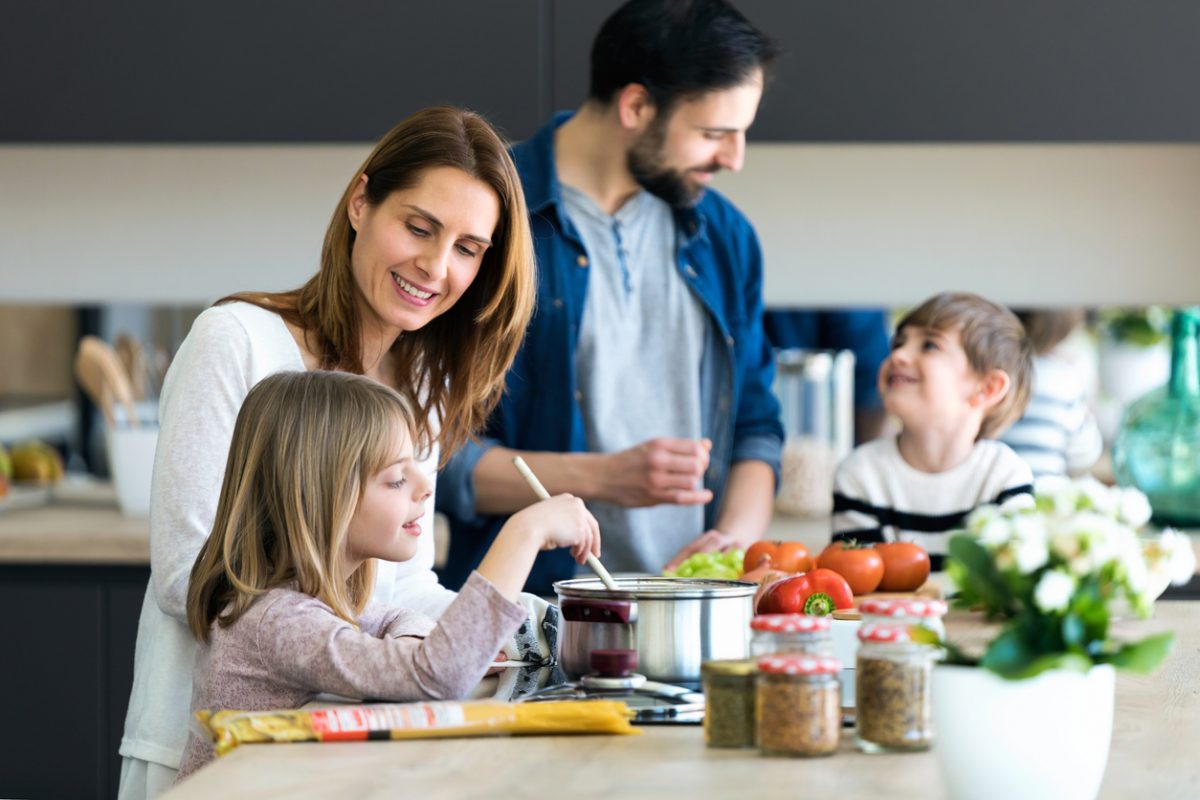A few weeks ago, your day-to-day world consisted of your home, your car, an office, maybe a school. Now, you are among the millions across North America who are spending most of their time inside because of restrictions to stop the spread of COVID-19.
While a comfortable home is a good place to spend your time most days, the coronavirus-related lockdowns or quarantines currently in place have many looking for quick ways to improve function, space and comfort.
It is the same home, but now you have new storage needs. Organization becomes more important. And, you need a game plan to ensure the home operates with maximum efficiency to increase enjoyment and reduce the potential for tension. You might notice repairs you were willing to live with before, or think about what upgrades you’ll make once life returns to normal.

We spoke with Paula Kennedy, a longtime friend of In Every Home and a designer in a COVID-19 hotspot, Seattle, about quick changes you can make in your home to reduce stress, improve function and make it into comforting environment for everyone there.
Start with space
Think about how you use your home, then map out the space and establish a purpose for each area. Make sure members of the family understand each area. “We all live there now, and everything happens there, from DIY to homework,” Kennedy says The home may have just gone from being largely empty during the day to a place where children are learning and multiple people may be earning their living. “Everyone needs to know where everything goes. The more organized things are and the more routine it is, that will reduce stress encourages homeowners to make a plan so all family members are aware of how the home works.
Spending almost all of our time at home is an unfamiliar experience for most of us, but plenty of things haven’t changed. It’s still spring, and still time for spring cleaning. Take advantage of your new schedule flexibility and dig in for some serious decluttering. Kennedy recommends removing anything unnecessary in the kitchen. “We need that valuable countertop space to be used for other things,” she says. “If you aren’t using the blender every day, it doesn’t need to be on the countertop.” It’s not just about freeing up space. Multiple studies have linked clutter to higher levels of stress and anxiety.
Stay in your lane during the day. Keep the work areas for working, the learning areas for learning. Look at how you can alter your space to make life easier. The family may be used to gathering in the living room around the TV, but having everybody in one room might be a recipe for stress. “Move the TV into the formal dining room,” Kennedy says. “Spread the family out instead of everyone being in the living room. Use the home efficiently so you’re not on top of each other 24/7.”
Simplify life
You’ve cleaned and decluttered. Now it’s time to think about what you can bring into the home to make your life easier. Appliances like countertop ovens, portable steam ovens and sous vide cookers can speed up meal preparation and give you healthy cooking options. Many smaller appliances can be bought online, so you can save yourself a trip to the store.
Additional food storage, like refrigerators reserved for beverages and snacks, can save space in the main refrigerator and help manage foot traffic, and make us feel more comfortable at home. “Food storage can give you extra security,” Kennedy says. “Do you have a way of storing extra food and freezing it so you can store it as long as possible?” Think about adding an extra freezer, under-cabinet refrigeration, or a vacuum sealer for the countertop. A recent jump in sales of freezers suggests many are putting additional food storage measures in place.
That extra refrigerator or freezer can also help manage foot traffic. Put your microwave, countertop oven and beverage refrigerator in the same place in a “grab and go” zone. That way, family members coming into the kitchen for lunch or a snack won’t move into areas reserved for work or school.
“I make sure the microwave is in the same zone as the refrigerators so the kids, or people coming in to get a snack, aren’t interrupting the main work zone,” Kennedy says. “The microwave oven or speed oven near the refrigerator so they don’t intersect the main cooking zone.”
Build comfort
People have different tolerance for noise, including sound generated from appliances and foot traffic. Take steps to bring the home’s noise level. “That’s on my list for wellness,” Kennedy says. “How we manage that sound is important. “A simple DIY is adding rugs, mats or soft finishes that help absorb some of the sound.”
Air quality is also a factor in wellness and comfort. Make sure your kitchen ventilation is working properly, and consider adding an air cleaner.
Bringing elements of the outdoors, like more natural light or vegetation, into your living space may also help reduce stress and increase productivity. Think about adding an indoor herb garden or growing some of your own food.
While you’re at home, take stock of what you changes you can bring to your home to make it a more comforting place. Think about why you feel comfortable in certain parts of your home and try apply those elements to the home on a wider scale.










